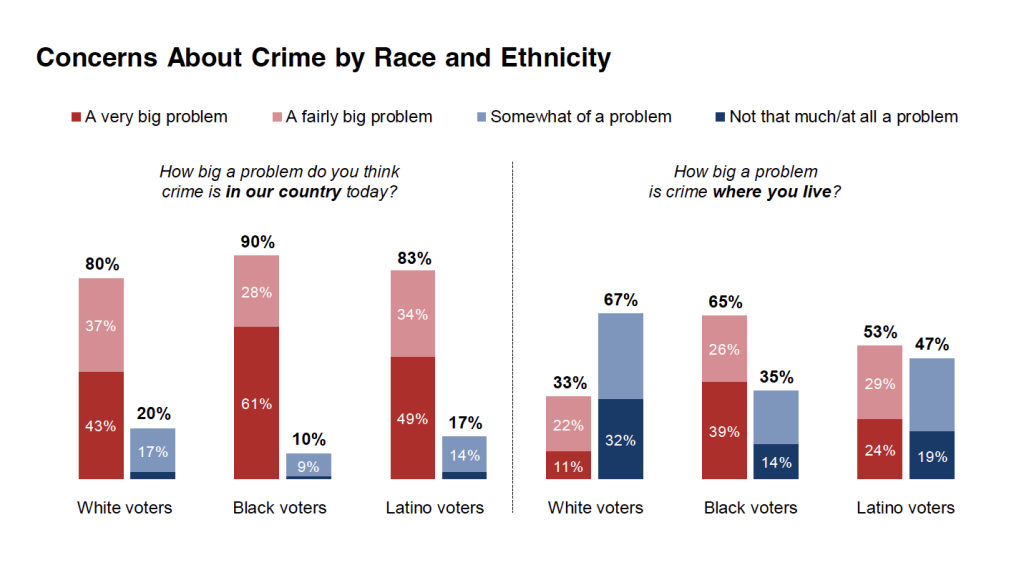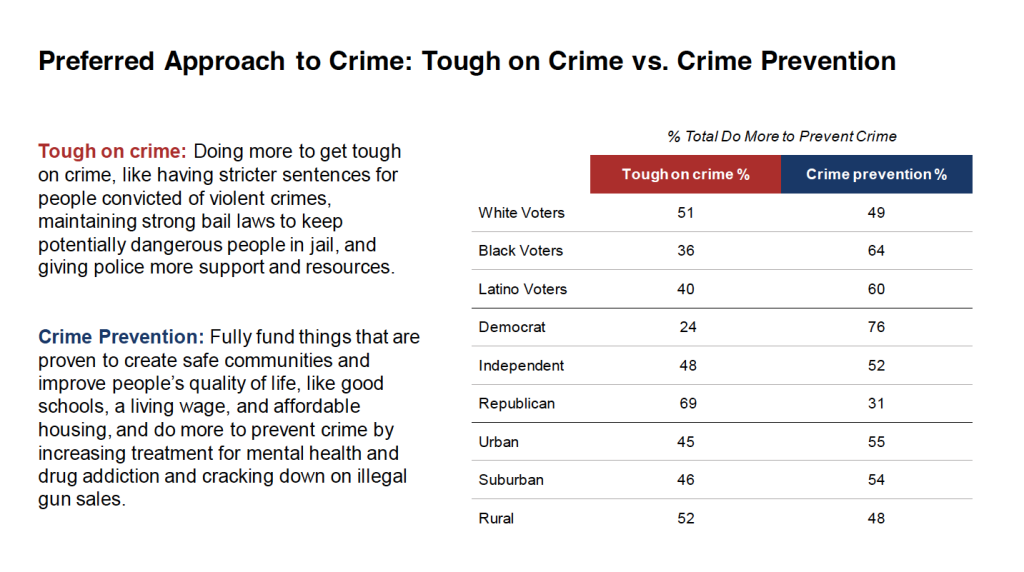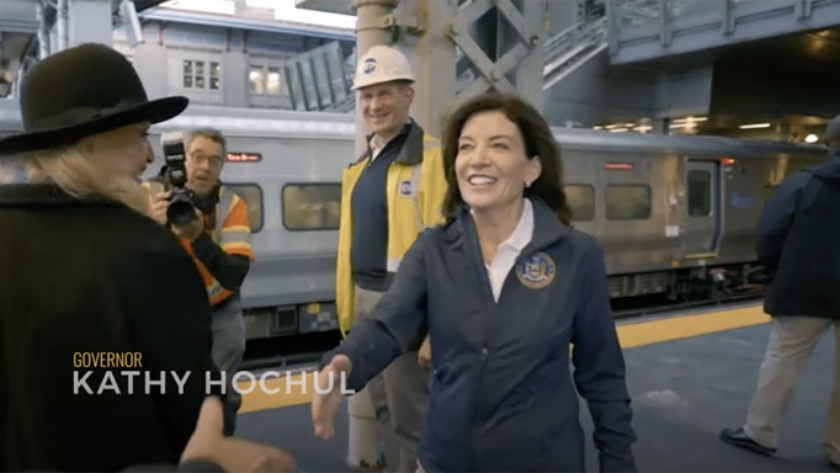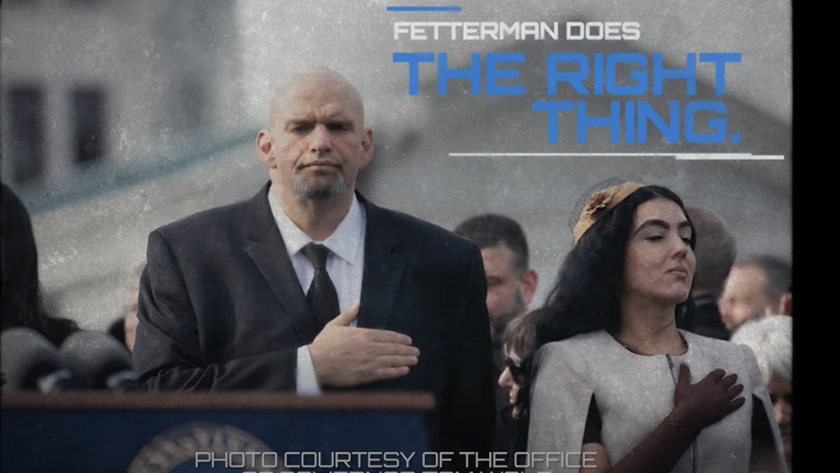Democrats bucked historic trends at the polls this week on several fronts—including on issues of crime and safety. Voters overwhelmingly saw through the fearmongering and rhetoric about crime that dominated election ads and debates in 2022. Despite a staggering amount of money spent on crime ads in the final weeks of the campaign, many Democratic candidates were able to overcome and even counter Republican attacks portraying them as “soft on crime.”
Crime/safety is one of the few kitchen table issues that spans partisan divides. Everyone, regardless of how they vote, wants to be safe. For too many decades, though, knee-jerk assumptions about voter preferences on criminal justice resulted in “tough-on-crime” policies that drove mass incarceration yet failed to make communities safer. What voters actually want from their elected leaders to prevent crime and deliver safety, according to pre-election public opinion research commissioned by Vera Action, are solutions—not scare tactics.
The midterm election results suggest that the nation is ready for a new path forward. Many Democratic candidates in competitive districts outperformed expectations, and a national poll released weeks before Election Day found that 80 percent of voters —across the political spectrum—support justice reform.
Yet, clearly issues of crime and safety still mattered. Several close races for governor, attorney general, and even Congress, hinged on these debates. Reform prosecutors, drug policy ballot initiatives, and other justice reform measures prevailed in many, but not all, states. While voters overall rejected the crime scare tactics, Democrats in places that recently passed high-profile reforms were taken to task if they failed to convince voters of the evidence—that these policy changes are consistent with public safety
To better understand how crime and safety played out at the ballot box, Vera Action commissioned Hart Research Associates to conduct a one-of-a-kind online national exit survey from November 6-8, 2022, of 1,505 actual voters across the political spectrum. Here are the five key takeaways that emerged.




